What your lawn needs.
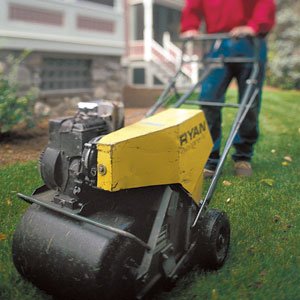 PHOTO BY KELLER & KELLER
PHOTO BY KELLER & KELLER Months of pressure from people, pets, and lawn mowers leave the soil beneath your grass hard and compacted. If a large rain causes puddles to form your yard needs to be aerated. A small yard can be tackled by punching holes with a garden fork every few inches. For larger square footage you can rent a walk-behind aerator from Home Depot. Aerating your lawn allows air and nutrients to reach the root system. This is important if you want a healthy, lush lawn come spring. In the fall plants start concentrating on developing deep root systems instead of what you see above ground.
After your yard it completely covered with 2 inch plugs of dirt it is the perfect time to reseed your lawn. Doing this in the fall as opposed to the spring allows the grass to develop a roots system without having to compete against weeds. Don't skimp on seed here, look for something that has a mixture of grass breeds in the off chance one strain is affected by disease.
Once you've seeded it is time to fertilize. Roger Cook from This Old House suggests using a fertilizer that has a ratio of 12(nitrogen)-25(phosphorus)-12(potassium). The high phosphorus levels stimulate root growth as opposed to greenery.
Shrubbery and such.
Like grass, trees and bushes stop putting their energy into their leaves and focus on their roots to sleep. They are basically going to sleep. With fall's cooler temperature and higher humidity new trees can be left in the burlap sacks for a few days without risk of damage. After all of the leaves have fallen off or your deciduous pruning gets so much easier! You want to concentrate on cross branches and dead branches since those will be the one that will cause damage with any strong winds or heavy snows. If you have a Rose of Sharon bush in your yard like I do now is a good time to prune as well since the new blooms don't develop until spring. When it comes to fertilizing your trees and bushes you want a slow release fertilizer that will fuel the roots system all winter long but still have enough juice to jump start new growth come spring.The returning and the dead.
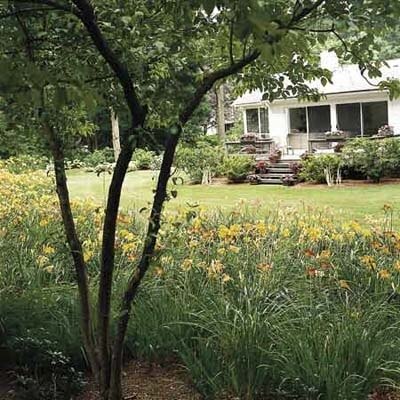 PHOTO BY WEBB CHAPPELL
PHOTO BY WEBB CHAPPELL Perennials and annuals are essential for an attention grabbing land scape. Unfortunately once perennials lose their colorful blooms the remaining stems and leaves start to look a lil scraggly. You want to trim back that foliage. Not only does it make your yard look neater but it also allows the plants to concentrate on their roots, resulting on a more bountiful spring. Annuals need to be removed. They aren't doing your curb appeal anything once they die. Removing them now frees up your spring to plan what you are going to plant next.
Most spring bulbs need the cold of winter to trigger their growth. When planning your spring garden you want to purchase a mixture of early, middle, and late blooming flowers. That way you have a longer blooming season. In the spring take picture periodically so you know where you need more color for the next year.
Now for the leaves.
We get it, you are probably going to wait as long as possible to rake your yard. One, because raking sucks, two because you don't know what to do with all of that yard "waste". WAIT! Don't throw those leaves away. You would basically be tossing free fertilizer. You can compost them or use them as mulch depending on your needs. If you are using as mulch you will want to chop up the leaves first. If you don't the leaves will stick together and not allow for airflow. No need to get hung up on the less than appealing color. It will be covered in a blanket of white snow in no time.
Via (This Old House)
Tags
Subscribe to Erdmann Exterior Designs's Blog





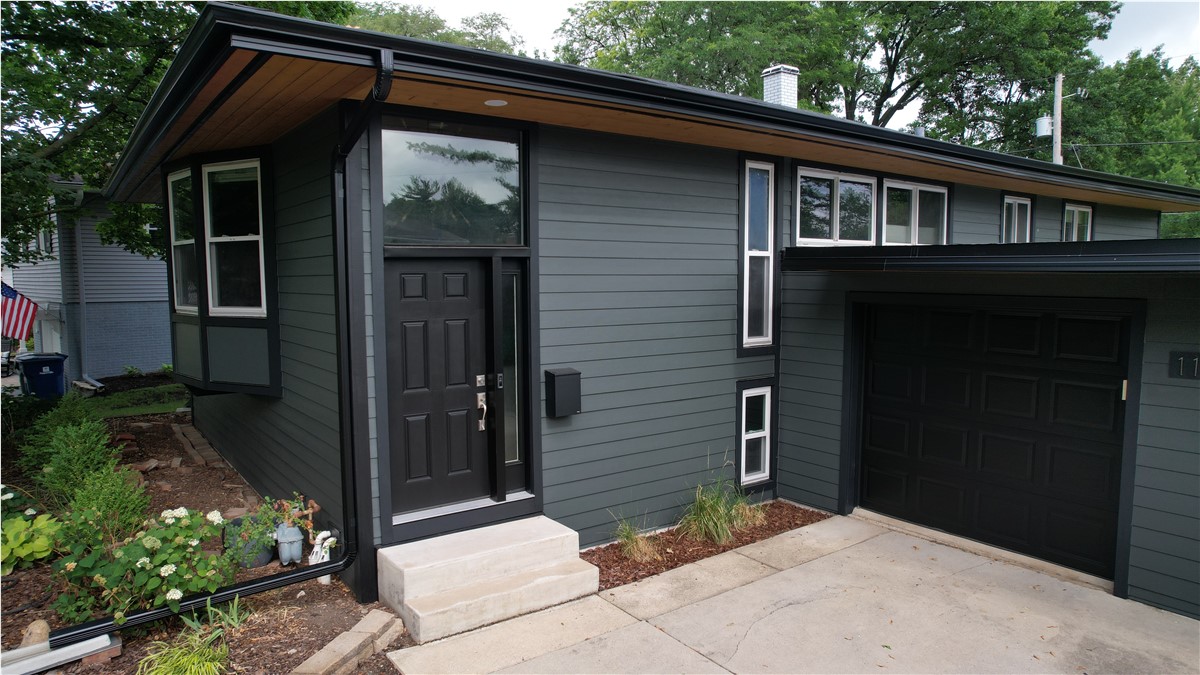
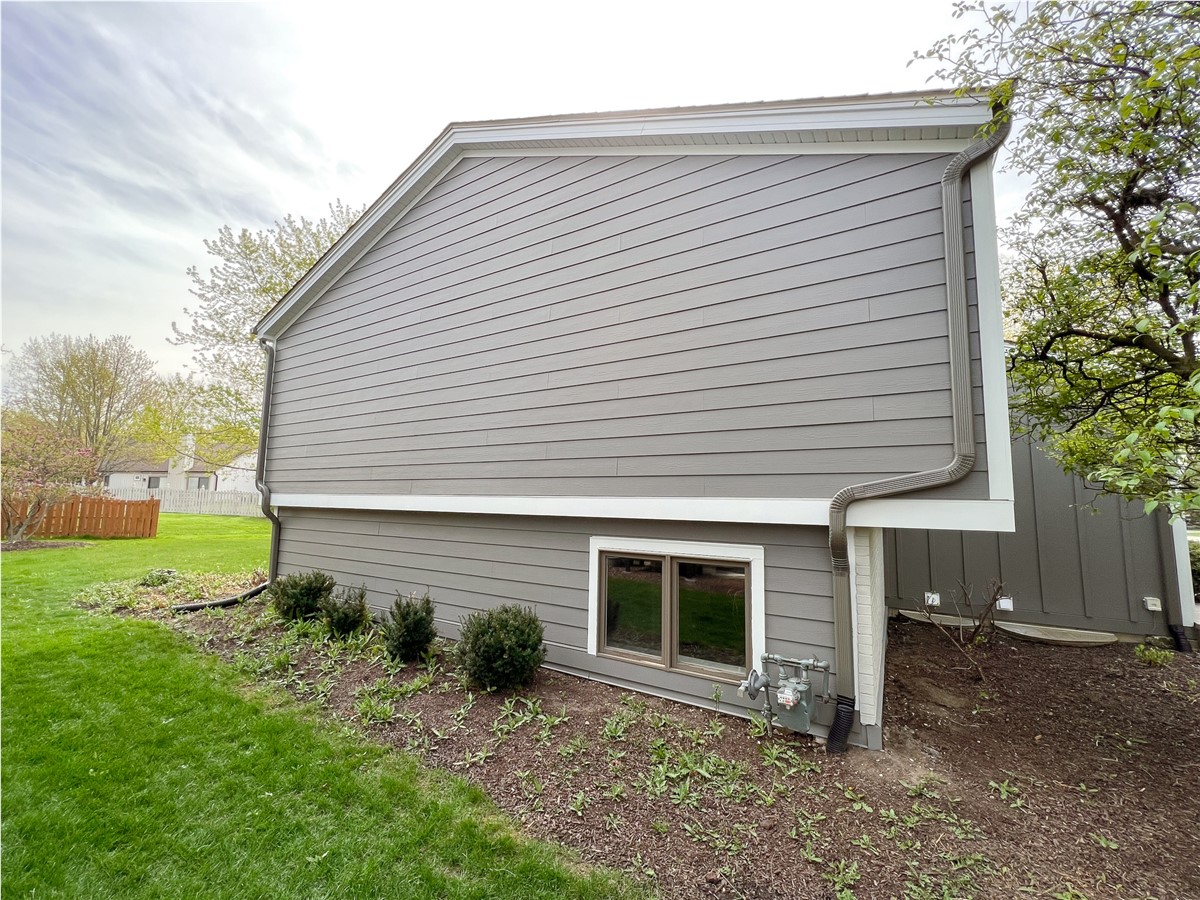
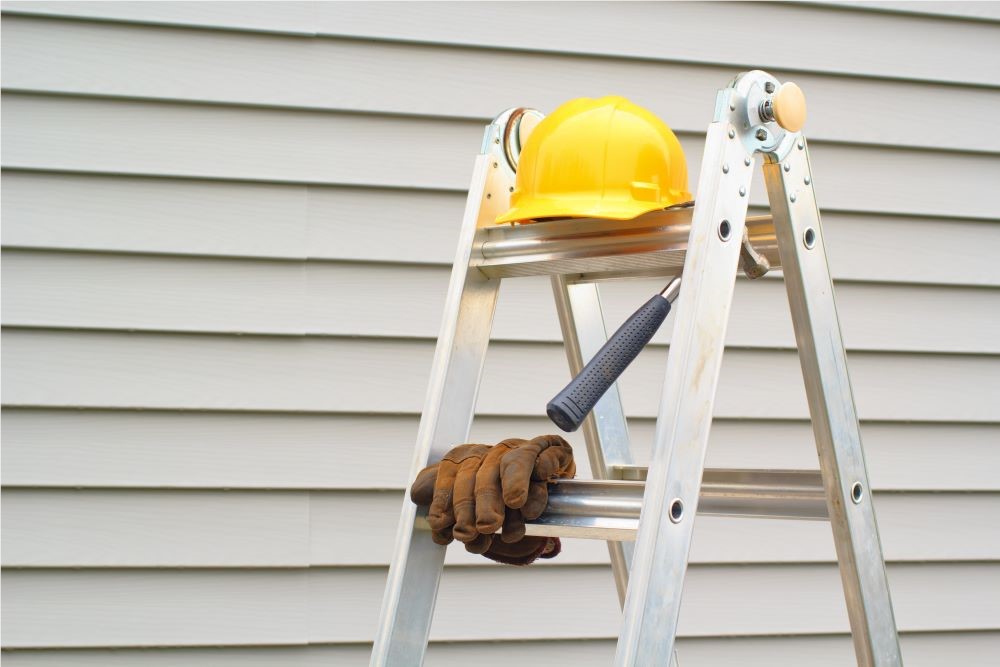

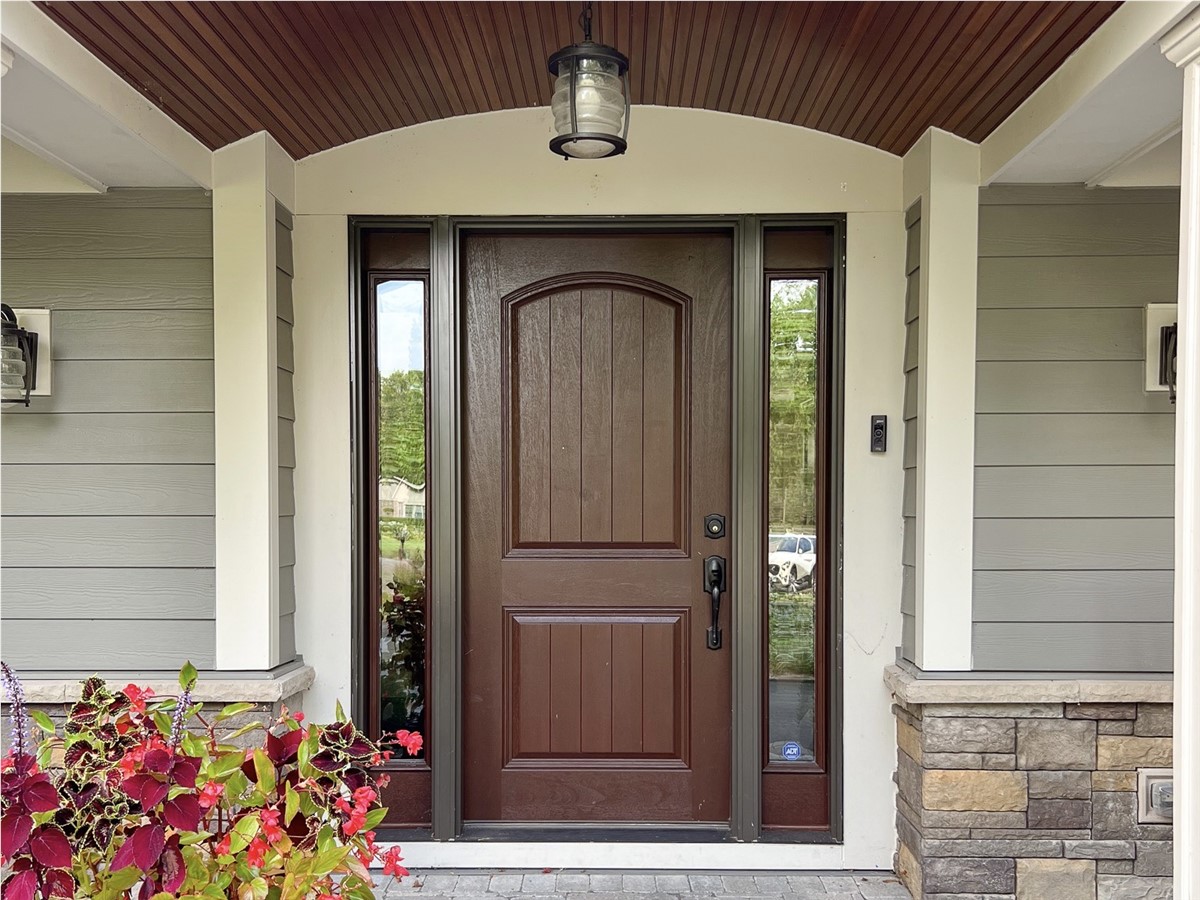

Comments